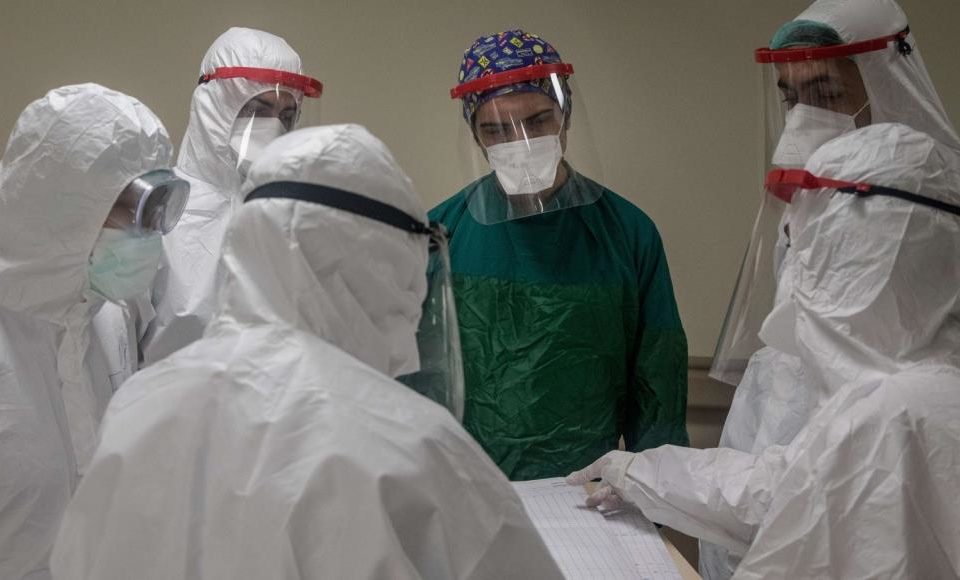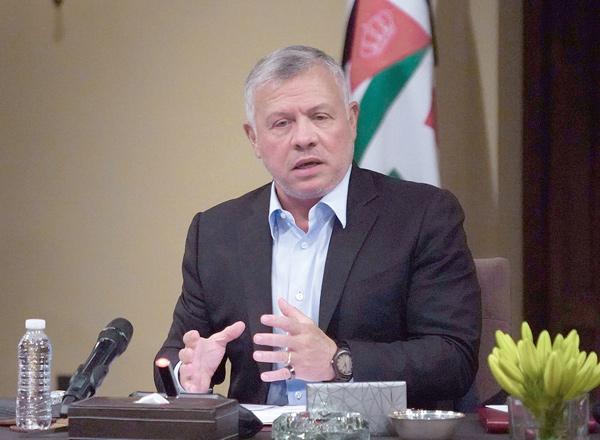Jordan’s COVID-19 crisis expected to cause rise in number of child labourers — JLW

82 arrested in Oman on various charges in May
June 15, 2020
Over 40 tons of rotten apples destroyed in Oman
June 17, 2020AMMAN — The COVID-19 crisis is expected to increase the number of child labourers in Jordan, according to a local study issued over the weekend, which warned that the government should adopt stiff measures to minimise the effects of this phenomenon.
The Jordan Labour Watch (JLW) said that the past three months have witnessed an increase in child labour in Jordan as a result of the COVID-19 crisis, adding that “there are currently 70,000 child labourers in Jordan”.
Of these 70,000, statistics indicated that 45,000 children work in “dangerous professions”, according to the JLW report.
The legislation in the Kingdom still “has not succeeded in protecting child labourers in Jordan, and there is a need to draft better laws that protects the human rights of children”, the report stated.
It also called on the government to increase its monitoring of establishments that hire children, and to impose stiff punishments against violators.
The study was released on the occasion of World Day Against Child Labour, which fell on June 12.
It called on the international community to assume its responsibilities to prevent Syrian families from sending their children into the labour market by covering their basic needs.
Director of the Phenix Centre for Economic Studies Ahmad Awad told The Jordan Times that child labour is connected to poverty.
“Several studies in Jordan have indicated that child labourers come from poor families and that COVID-19 will increase the number of the poor and put pressure on the families to pull out their children from schools and send them into the labour market,” Awad said.
Meanwhile, the International Labour Organisation (ILO) and UNICEF, the United Nations Children’s Agency, issued a joint briefing paper that examines the effects of the COVID-19 crisis on child labour on Friday.
According to the brief, titled “COVID-19 and child labour: A time of crisis, a time to act”, millions more children risk being pushed into child labour as a result of the COVID-19 crisis, which could lead to the first rise in child labour after 20 years of decline.
Child labour has decreased by 94 million since 2000, but that gain is now at risk, the organisations said, adding that global estimates in 2017 showed that 152 million children were involved in child labour worldwide, the press release added.
Children already involved in child labour may be working longer hours or under “worsening conditions”, the report said. More of them may be forced into the worst forms of labour, which causes “significant harm” to their health and safety, the press release stated.
“As the pandemic wreaks havoc on family incomes, without support, many could resort to child labour,” said ILO Director-General Guy Ryder.
“Social protection is vital in times of crisis, as it provides assistance to those who are most vulnerable. Integrating child labour concerns across broader policies for education, social protection, justice, labour markets and international human and labour rights makes a critical difference,” he said.
According to the brief, COVID-19 could result in a rise in poverty and therefore an increase in child labour as households use every available means to survive. Some studies show that a one-percentage-point rise in poverty leads to at least a 0.7-per-cent increase in child labour in certain countries.
“In times of crisis, child labour becomes a coping mechanism for many families,” said UNICEF Executive Director Henrietta Fore.
“As poverty rises, schools close and the availability of social services decreases, more children are pushed into the workforce. As we reimagine the world post-COVID, we need to make sure that children and their families have the tools they need to weather similar storms in the future. Quality education, social protection services and better economic opportunities can be game changers,” Fore said.





